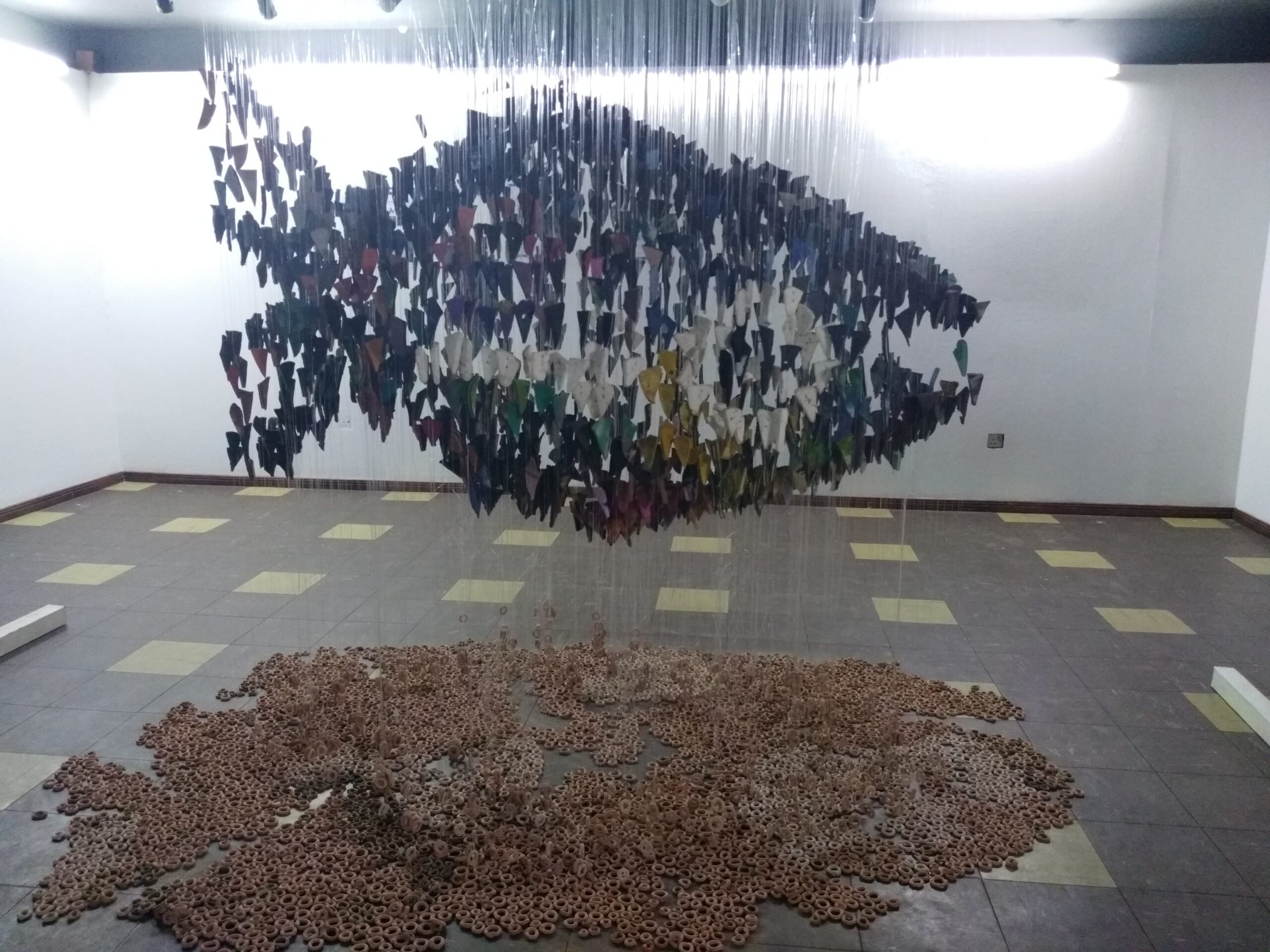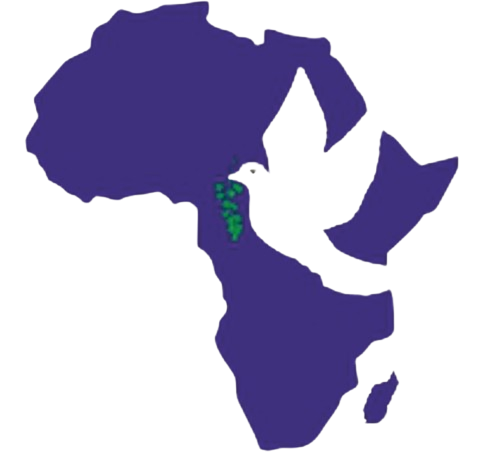
Formerly known as the Museum of the Institute of African Studies (MIAS), the Museum was renamed in 2018 in honour of late Prof Cornelius Adepegba, former IAS Director and Curator of MIAS. The Institute houses the major part of the University’s ethnographic and fine art collections. Collecting commenced with the foundation of the Institute in 1962, and is a continuing activity. It was a deliberate policy to earmark funds for the acquisition of material culture on an annual basis. The ethnographic collection reflects the research interests of the Institute over time, and contains examples of material culture: carved masks, cloth costumes of masquerade cults, religio-political insignia, carvers’ and potters’ tools, divination apparatus, fishing and farming implements, household furnishings and utensils, paintings, prints, drawing and sculpture. Over the decades the Institute had acquired about one thousand two hundred objects from Nigeria, Mali, Ivory Coast, Benin, Togo, and Cameroon, as well as from Brazil. From the early 1970s to mid-1980s, the Institute prided itself as owning the largest single collection of artworks from the Osogbo School. Our museum collections grew to the stage that, by a special arrangement, IAS was allowed some space in the main library of the University, the Kenneth Dike Library, to keep some of these materials. Many of these objects were acquired through direct purchase on location.
CAMAA’s mandate includes regular exhibitions featuring the works of notable contemporary Nigerian artists, including organizing an annual Convocation Fine Art Exhibition on behalf of the University. We are thus a major patron of the artistic ferment in Nigeria. We established the Odinani Museum at Nri, Anambra State, in 1972, where traditional works from the surrounding cultures are housed.
